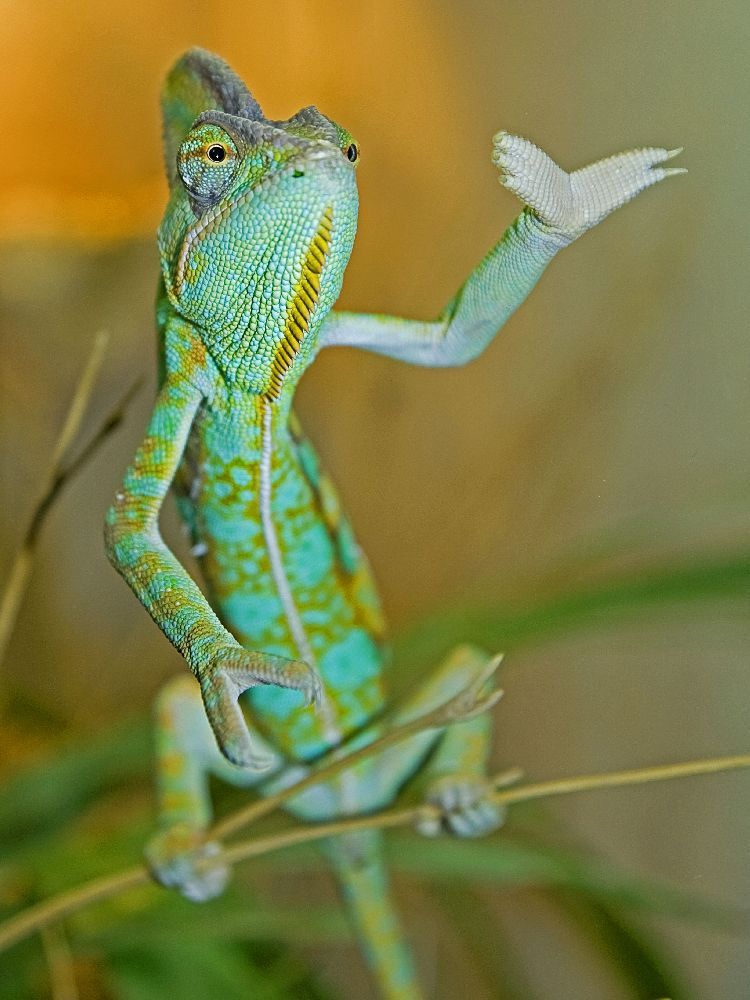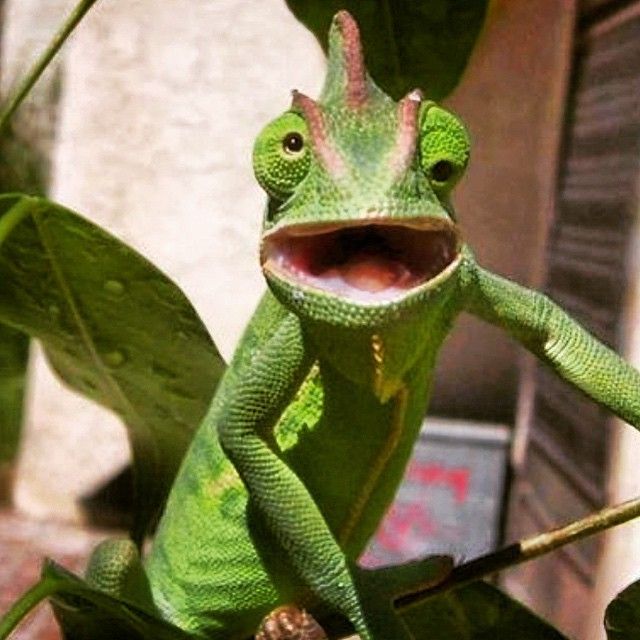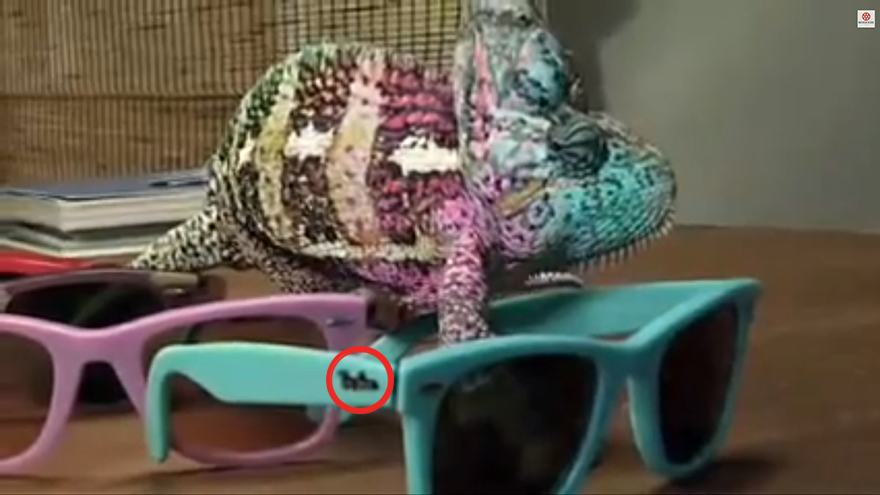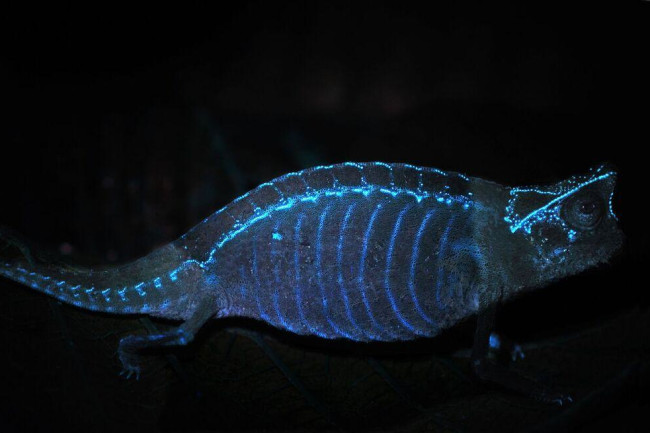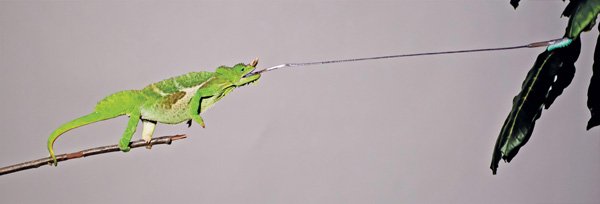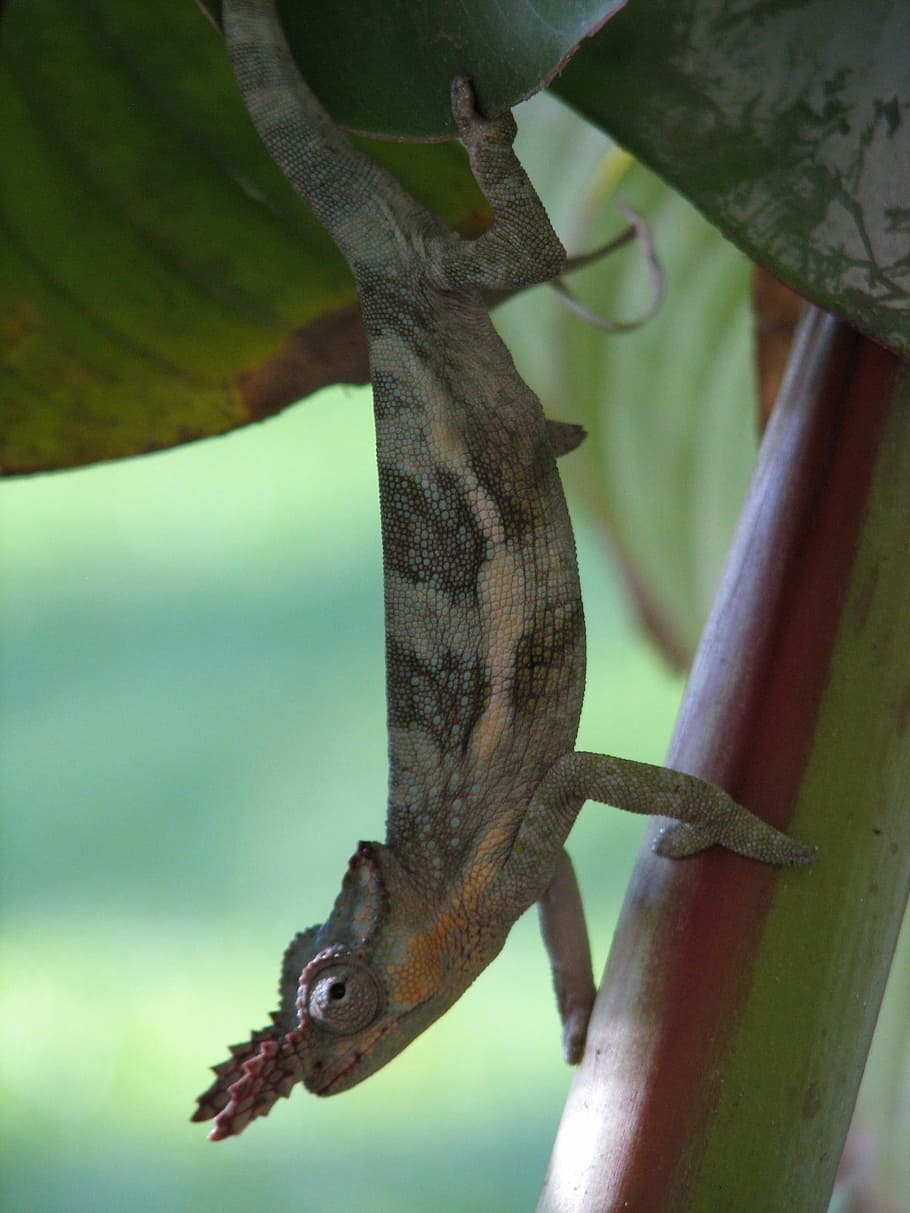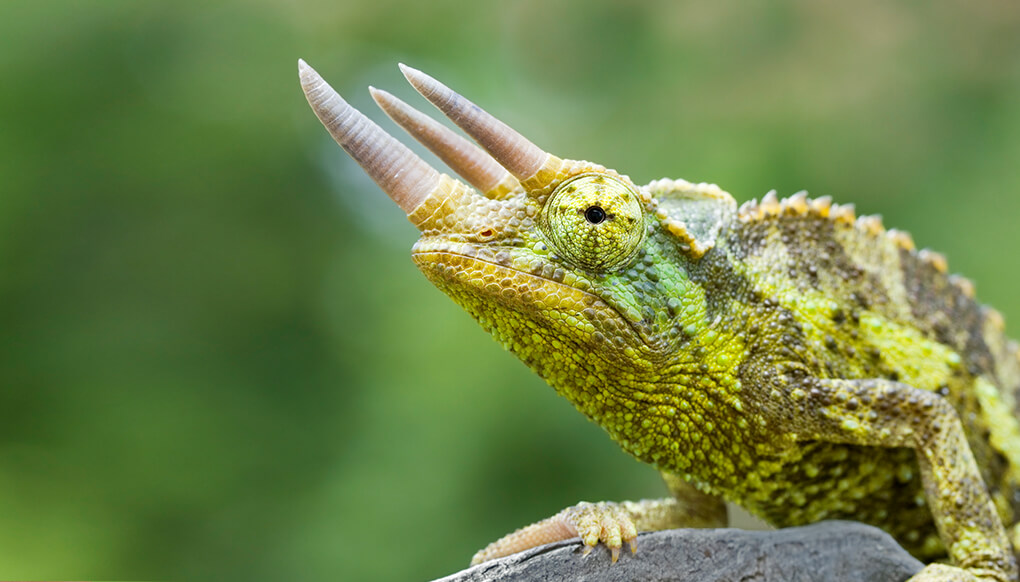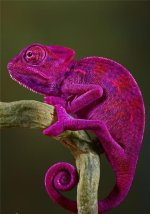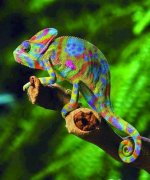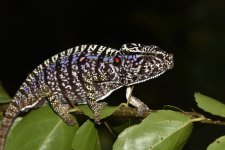I was wondering what were the selection pressures that forced the whole chameleon family to lose the use of its original hearing mechanism and evolve a new seemingly inferior mechanism...
So you want genetic drift explained? Human noses are as sensitive as dog noses. A human nose sends the same amount of information to the brain as the dog nose does. The reason we can't smell as well as dogs is because the parts of the brain that took in that information got repurposed to other things. Other functions gave an advantage over smell. Since the cost of making a nose with all those nerves is marginally more expensive we keep having this amazingly sensitive nose generation after generation without us being good at picking up smells.
A sense of smell getting less sensitive is different from a hearing system that stops using the old system and uses a separate new system (that is generally inferior)....
https://chameleonowner.com/can-chameleons-hear/
"...Chameleons have a membrane at the side of their head which they use to hear low tones..."
Having skin cells that can change colour has evolved in nature many times.
Yeah though I don't think there are many animals that can change to pretty much any color like chameleons can. They can also have many different patterns - or a chaotic pattern.
It's not a particularly complex or amazing feature. Humans can do it to. Our skin becomes darker when exposed to UV rays.
Changing to any color is different from going darker over the course of days or years.
One thing that keeps amazing me about creationists is the lack of interest. If you really cared about this, you'd look it up. You'd find a real scientific text book and learn about it. It's not that hard.
If that's so easy then maybe skeptics on this forum could do it... I'm not happy with Politesse's attempt though - I think the color changing involves more than just simple skin stretching because I think there are at least 3 independent kinds of color changing elements. BTW "real scientific text books" are often A$100....
....There's loads of videos youtube explaining evolution.
Well in the OP I did say "It is probably impossible to convince skeptics that any species in the virtual evolutionary tree were designed or guided. Intellectually the chameleon family seems to me to be highly unlikely but not impossible"
Also, chameleons are cool, but they're not nearly as cool as the octopus. Those guys are even more amazing. Try to explain that using ToE. It's much harder.
https://www.youtube.com/watch?v=st8-EY71K84
That octopus video was interesting... I'm impressed about its ability to squeeze...
I found this by the same creator:
At about 2 minutes in it talks about "chromatophores"...
https://en.wikipedia.org/wiki/ChromatophoreMature chromatophores are grouped into subclasses based on their colour (more properly "hue") under white light: xanthophores (yellow), erythrophores (red), iridophores (reflective / iridescent), leucophores (white), melanophores (black/brown), and cyanophores (blue).
That is what I expected.... the primary colors for subtractive colors / paints - black and white, and red, blue and yellow....
More about that video:
perhaps the greatest deception that the spy lizard chameleon has ever achieved is deceiving humans into thinking that they change colors in order to blend in with their surroundings - they do not - they change color based on temperature and their mood - the only surrounding this could help them blend into would be a sad clown convention
I don't think that is entirely true though.... e.g.

